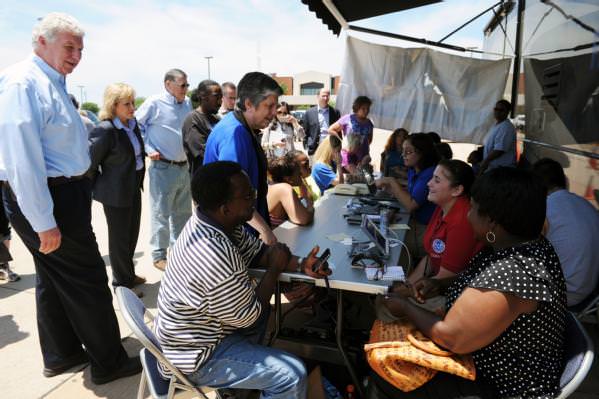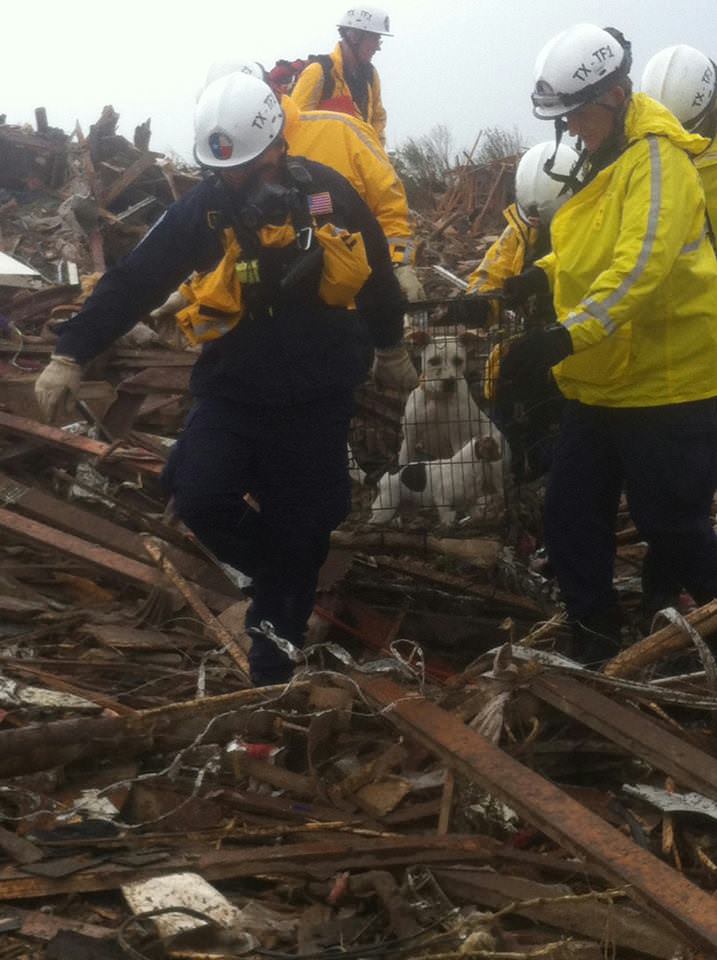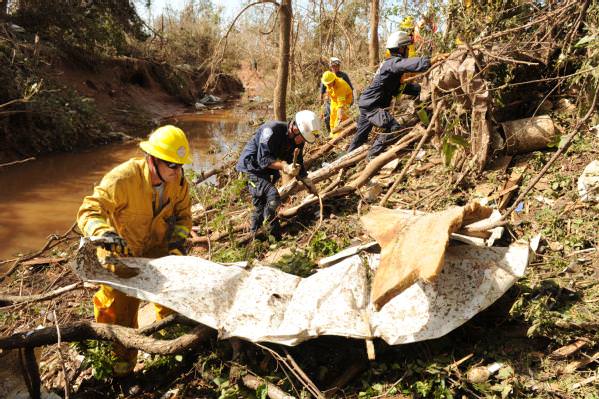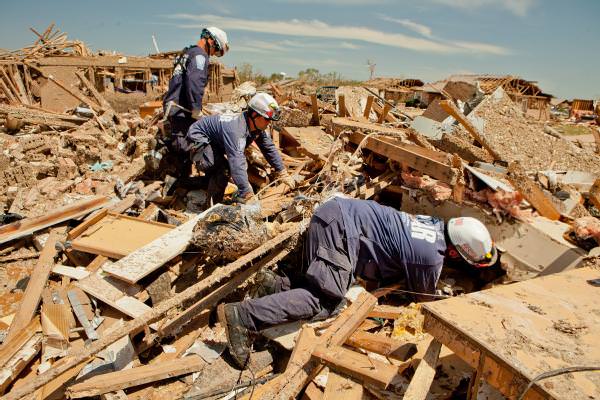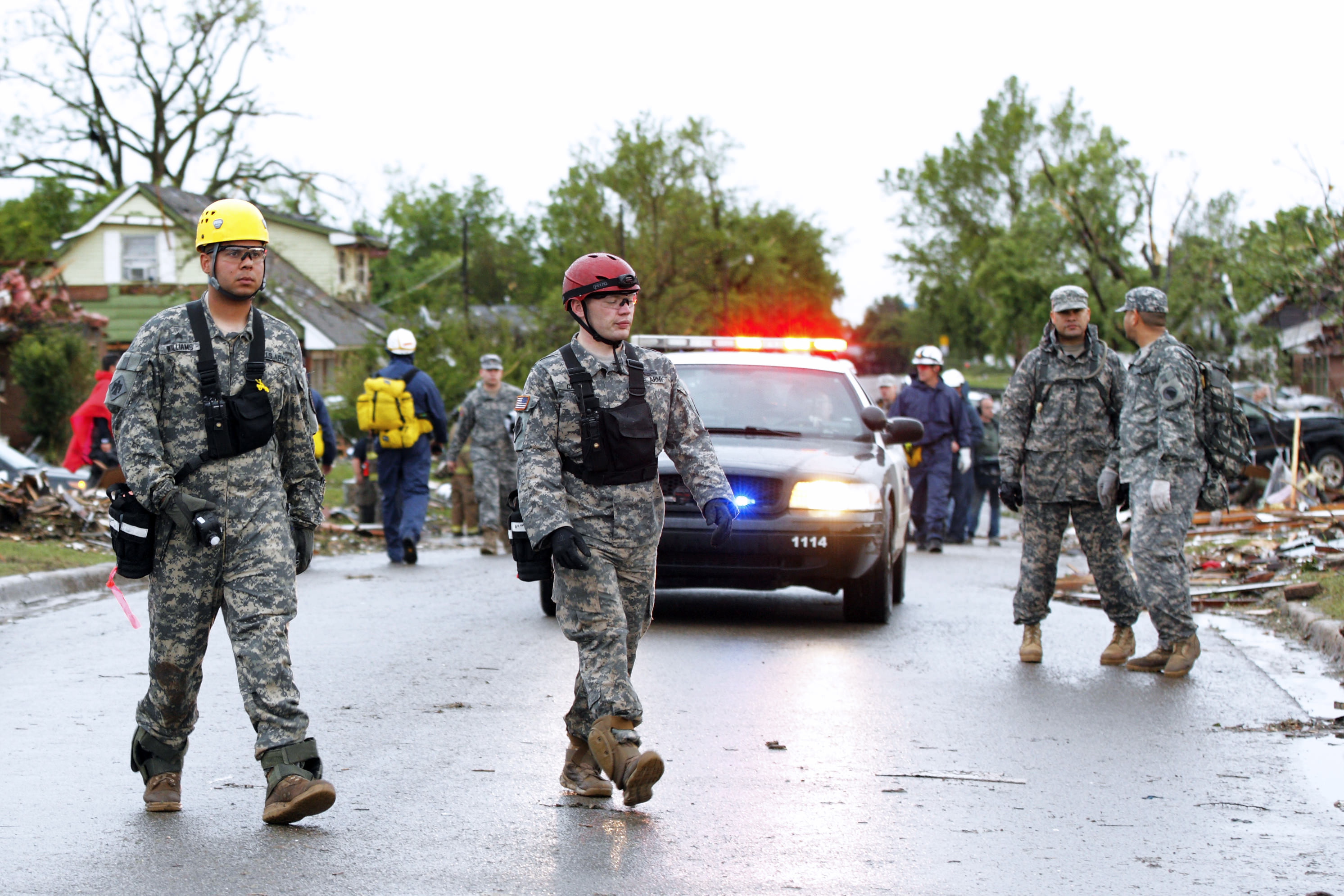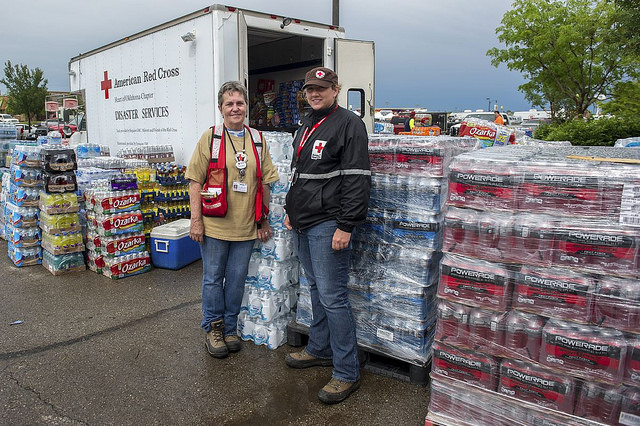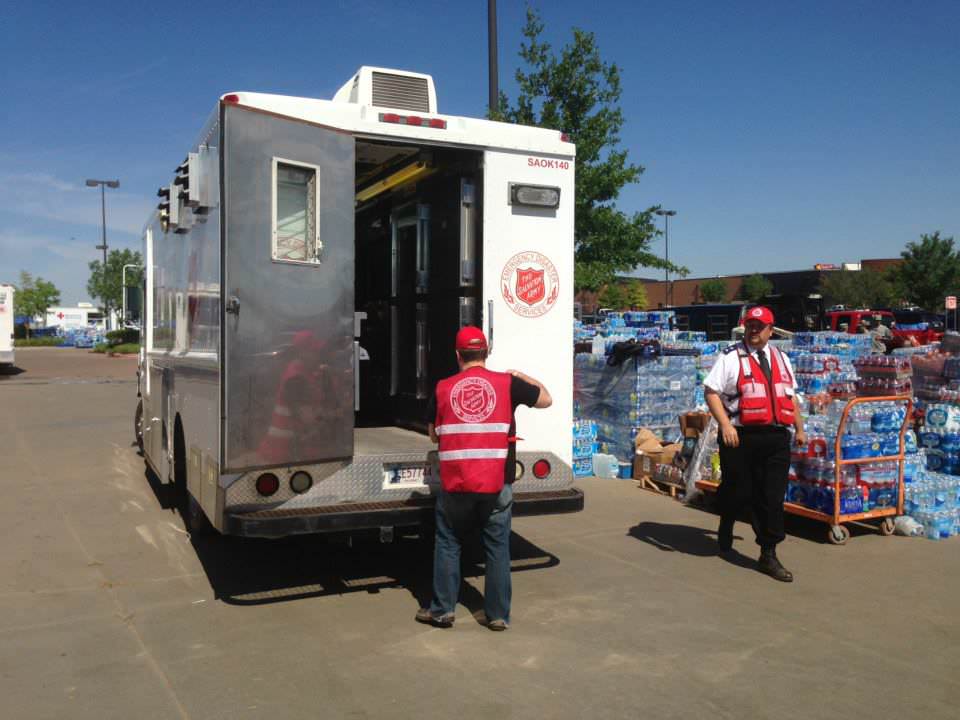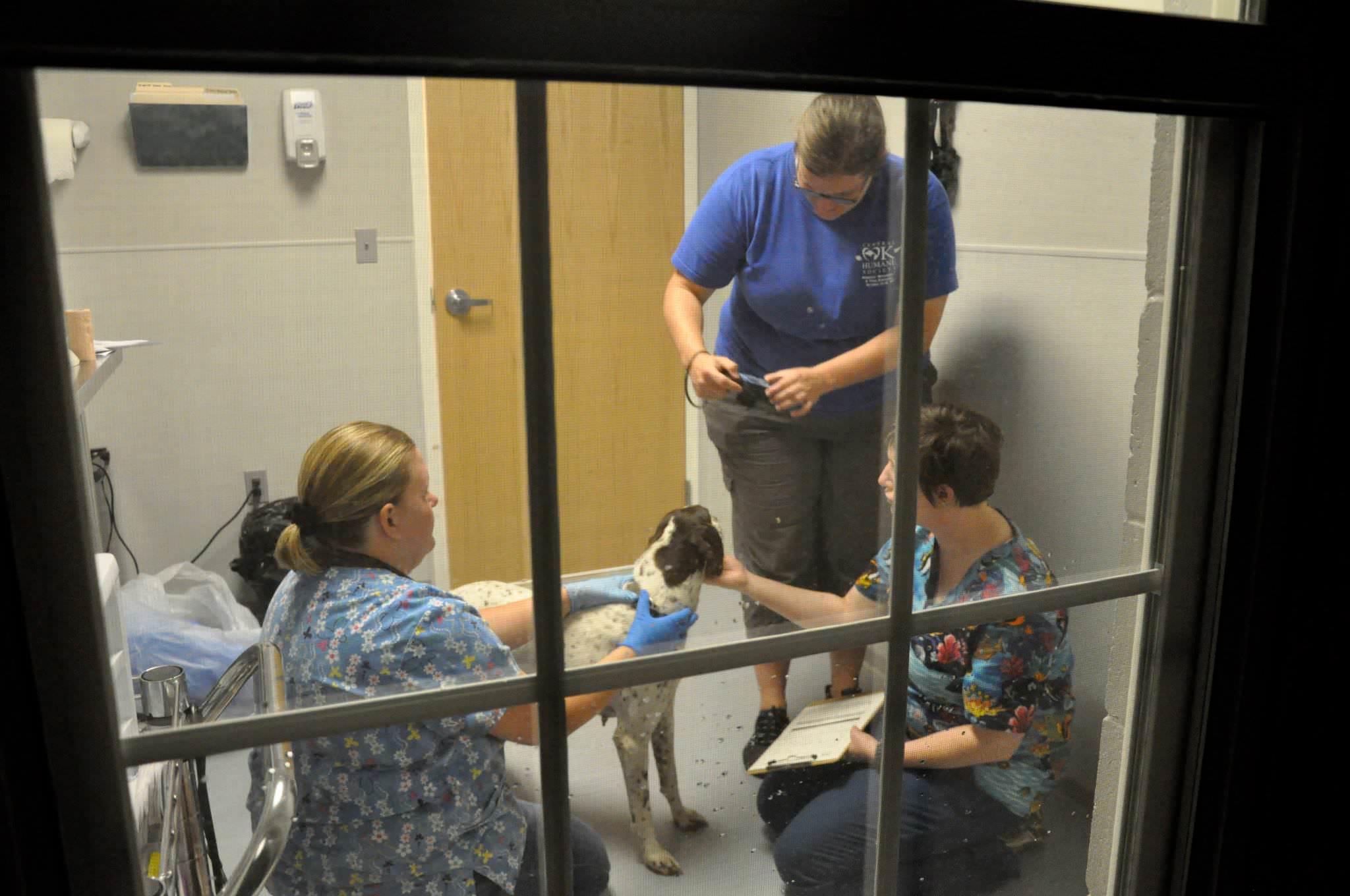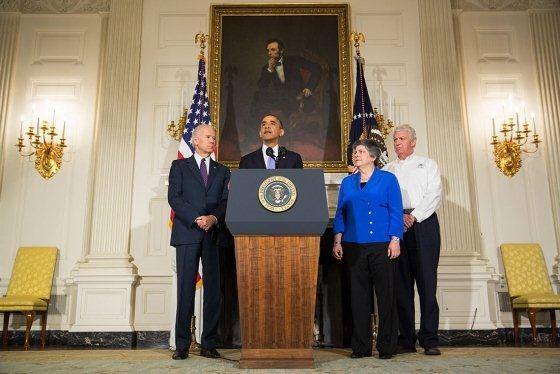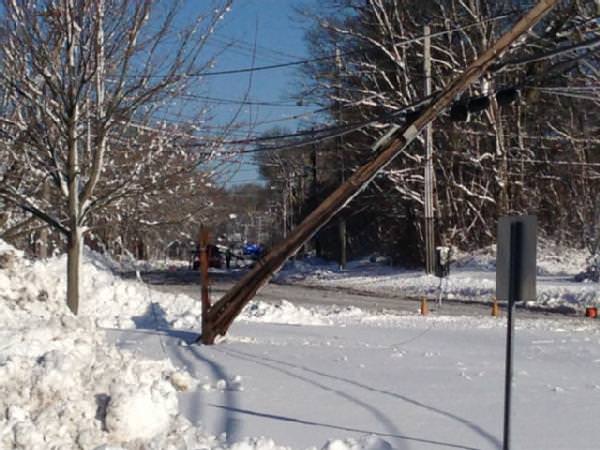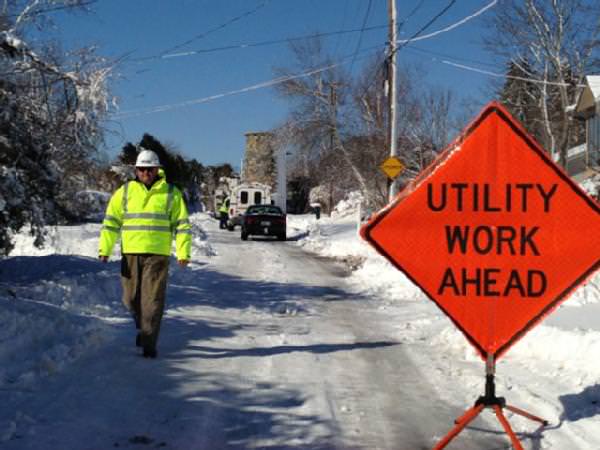Desde: Lars Anderson, FEMA
Nuestros pensamientos y nuestras oraciones están con las familias y comunidades afectadas por los tornados que azotaron el centro de Oklahoma. Continuamos ofreciendo los recursos federales a nuestros colaboradores estatales, locales y tribales del área. A continuación un resumen de lo que está pasando ahora:
- Exhortamos a todos los afectados por las tormentas a solicitar asistencia por desastre de FEMA visitando www.disasterassistance.gov/es desde sus computadores o teléfono móvil. También pueden solicitar llamando al 800-621-3362. Más de 2,200 sobrevivientes ya se han inscrito para solicitar asistencia.
- Tres Equipos de Asistencia por Desastre para Sobrevivientes están ofreciendo ayuda a los sobrevivientes de desastre para inscribirse con FEMA y solicitar asistencia. Estos se encuentran equipados con tabletas para poder inscribir a las personas con la mayor rapidez posible mientras toman nota de las necesidades de la comunidad.
- Se han abierto dos centros de recuperación por desastre cerca de las áreas afectadas para que las personas afectadas por los tornados puedan reunirse en persona con representantes de FEMA y el estado. En los centros, los representantes podrán responder a preguntas sobre el proceso de asistencia por desastres y proveer información sobre los tipos de asistencia disponible.
Además, más de 127,000 litros de agua y alrededor de 30,000 comidas han sido distribuidas a Oklahoma City para apoyar los esfuerzos de respuesta locales. Nuestros colaboradores federales, estatales, locales y tribales están tomando otras acciones. Para mantenerse al día, visite http://www.fema.gov/es/disaster/4117.
Hemos visto una gran demostración de apoyo para aquellos afectados por las tormentas, así que si usted se encuentra fuera del área afectada pero desea ayudar, visite http://www.fema.gov/es/donar-y-ser-voluntario. Aquí encontrará información sobre cómo donar y ser voluntario – incluyendo cómo donar a una organización confiable, servir como voluntario, y donar dinero (no artículos o productos) a las organizaciones benéficas ofreciendo servicios de emergencia.
Cómo solemos decir en FEMA, responder a emergencias requiere trabajo en equipo. Tan solo minutos después de la tormenta este equipo – compuesto de personal de primera respuesta, los gobiernos federal, estatal, local y tribal, y organizaciones sin fines de lucro y benéficas, y los miembros de la comunidad – tomaron acción. Hemos oído varias historias de demostraciones de heroísmo durante la tragedia. A continuación comparto con ustedes algunas fotos y actualizaciones del trabajo que están desempeñando los equipos para el manejo de emergencias.
Equipo de trabajo de Texas 1, Búsqueda y rescate urbano
Equipo de trabajo de Nebraska 1
Guardia Nacional de Oklahoma
Cruz Roja Americana
Servicios de Emergencia por Desastre del Ejército de Salvación
Feed the Children
Esté al tanto de lo que estamos haciendo durante las primeras 48 horas, y cómo usted puede ayudar. Video: bit.ly/1abdLOs
— Feed The Children (@FeedTheChildren) 23 de mayo de 2013
Sociedad Humanitaria de Oklahoma
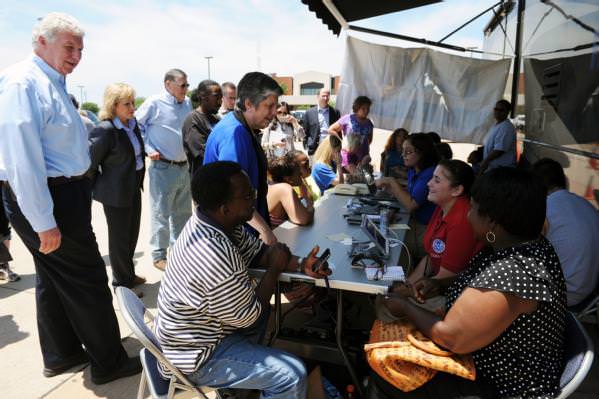
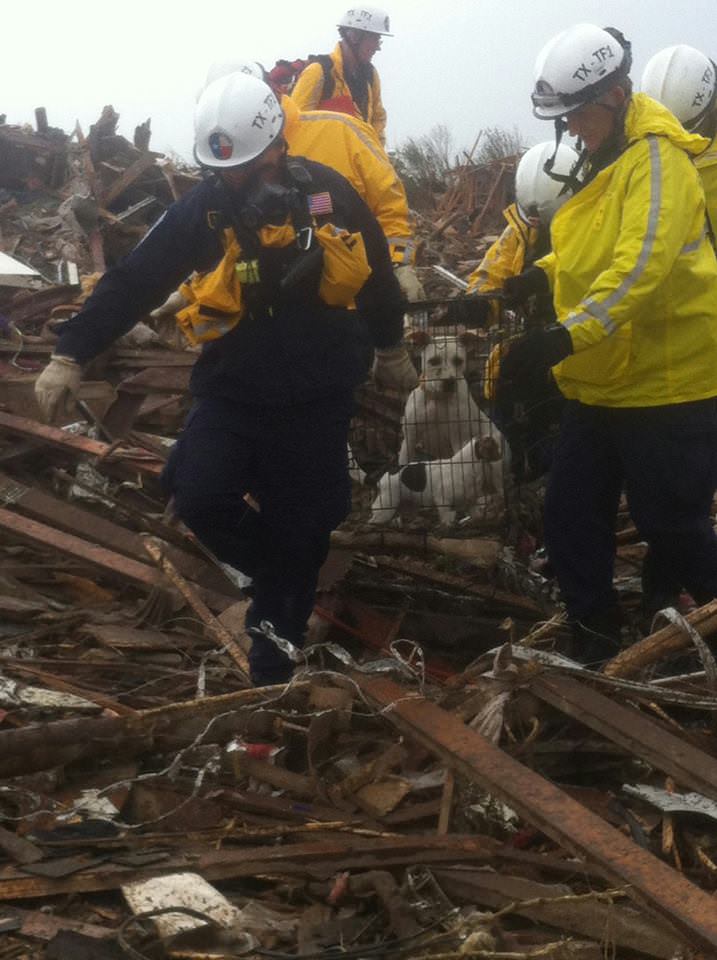
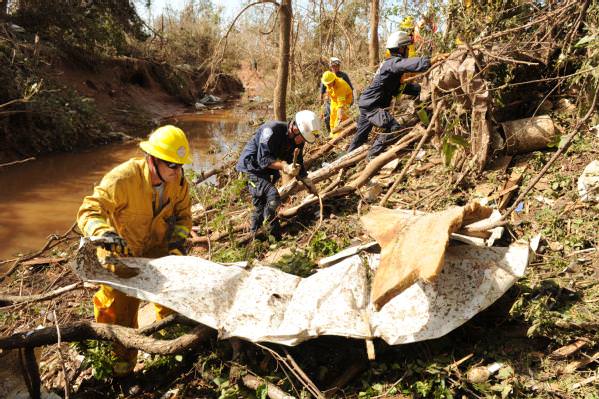
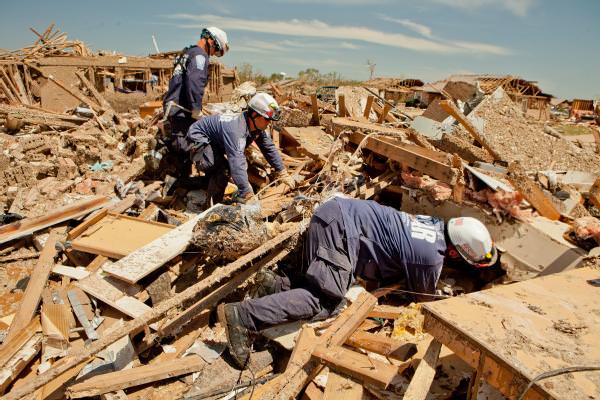
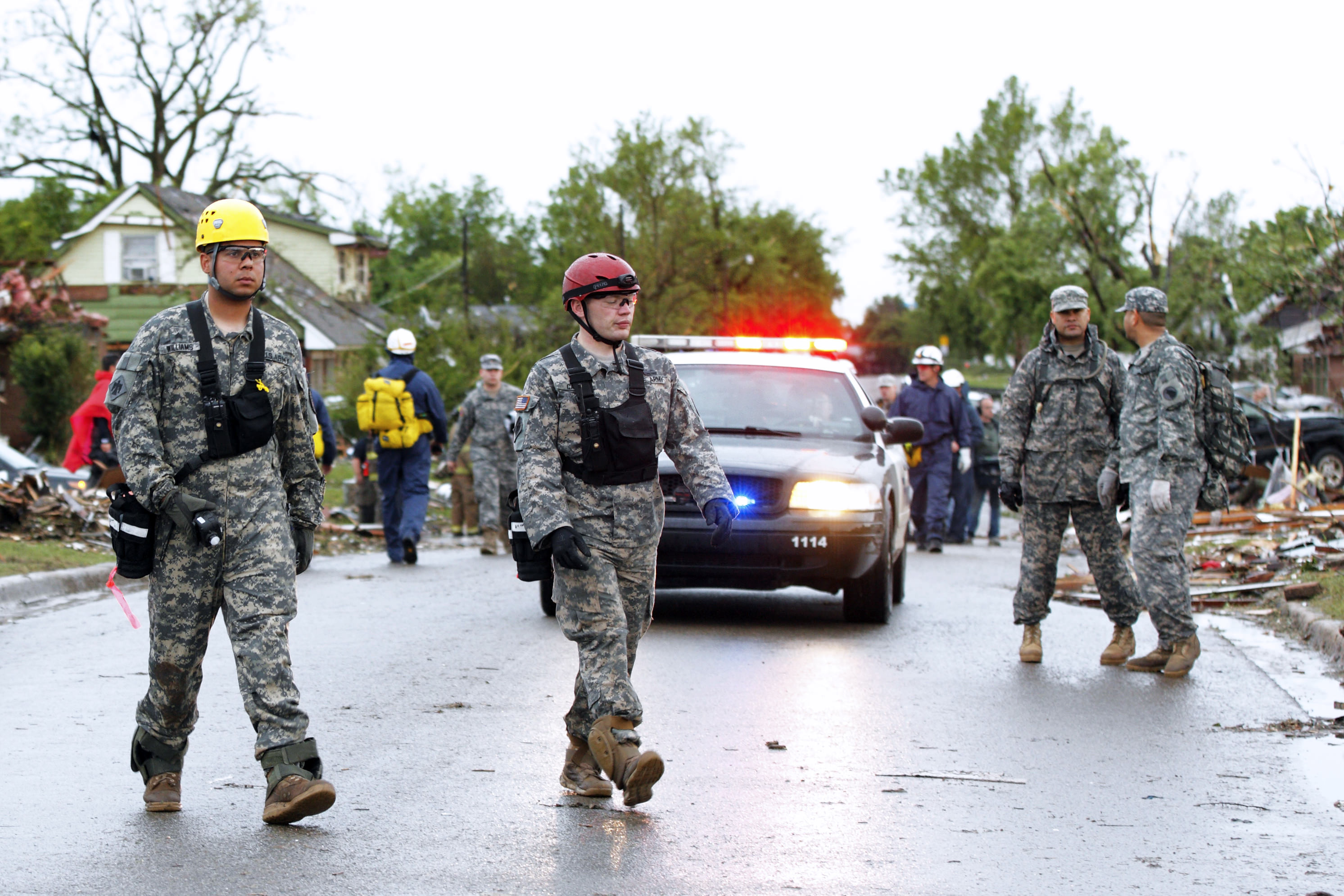
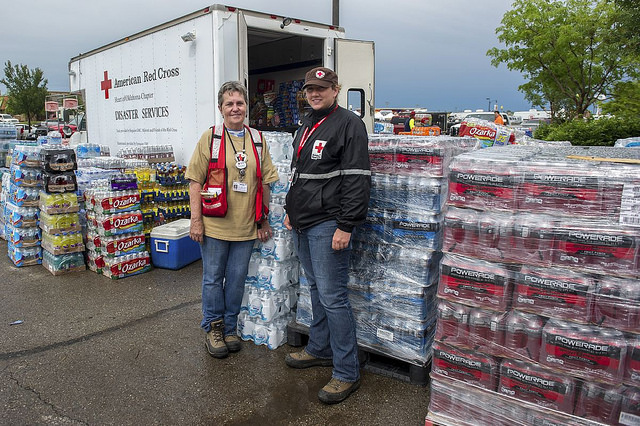

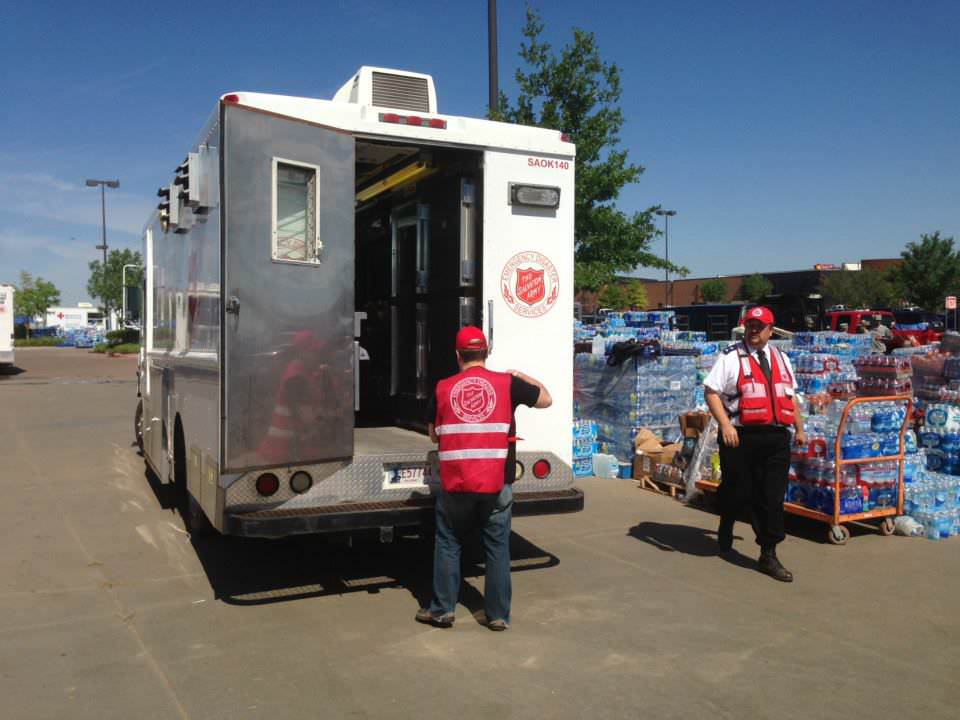
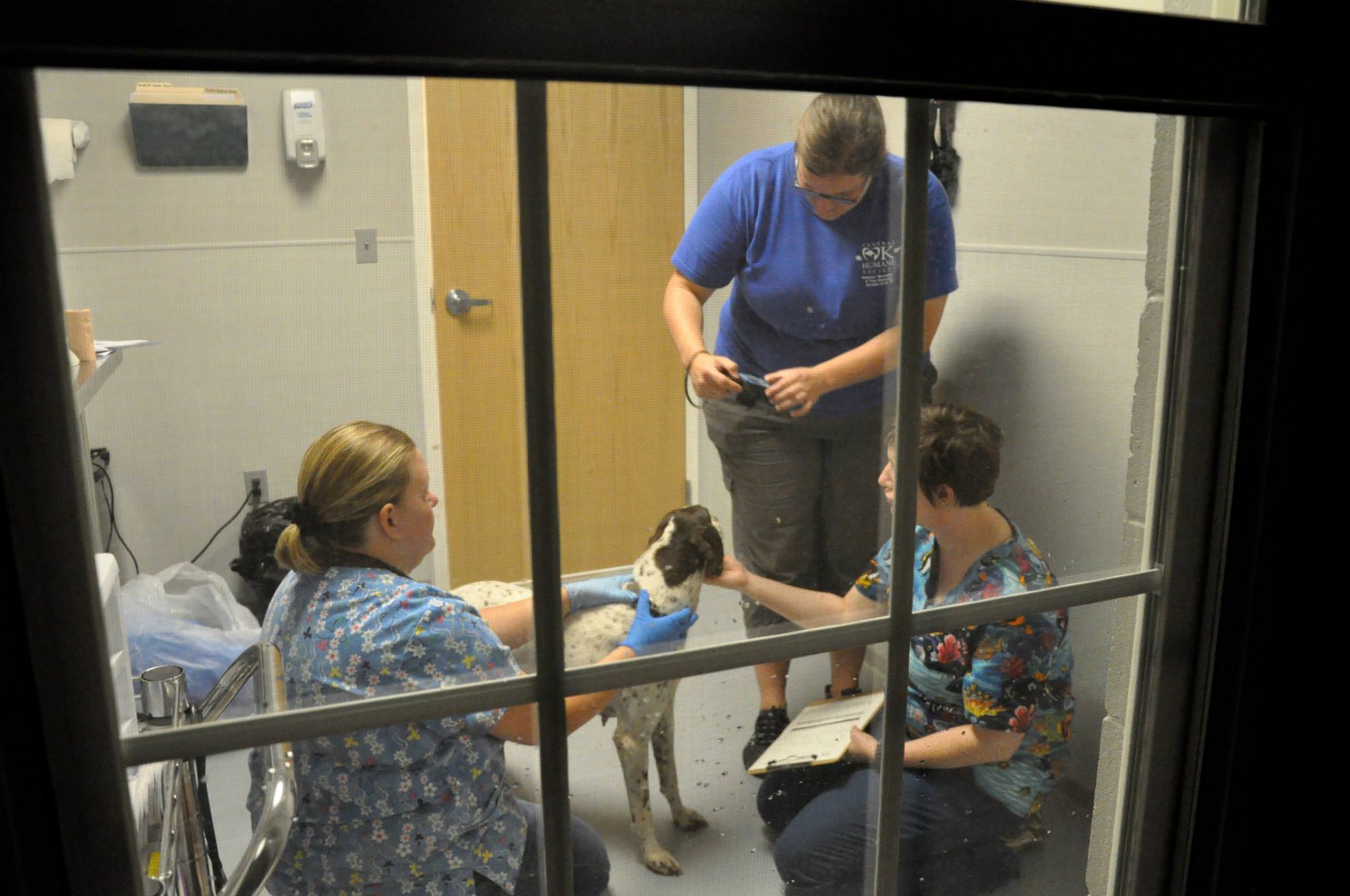
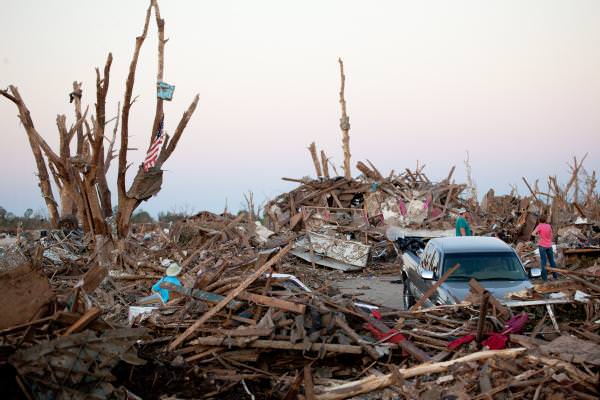
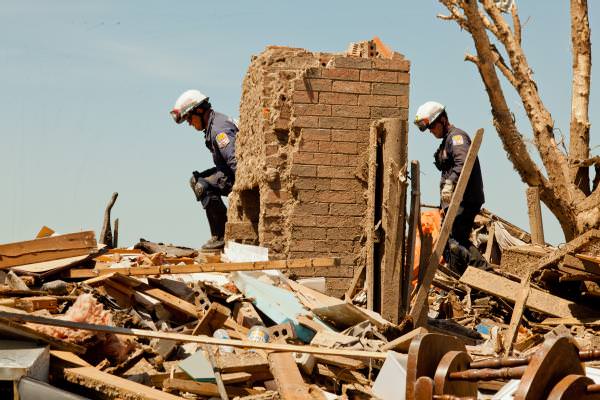
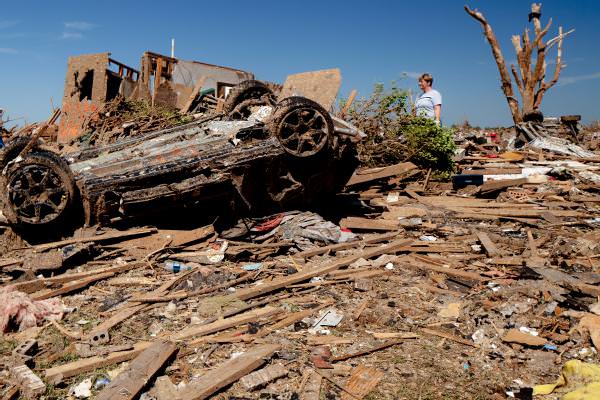 Moore, Okla., May 22, 2013 — Moore resident looks at home destruction caused by an F5 tornado that struck on May 20. Andrea Booher/FEMA
Moore, Okla., May 22, 2013 — Moore resident looks at home destruction caused by an F5 tornado that struck on May 20. Andrea Booher/FEMA